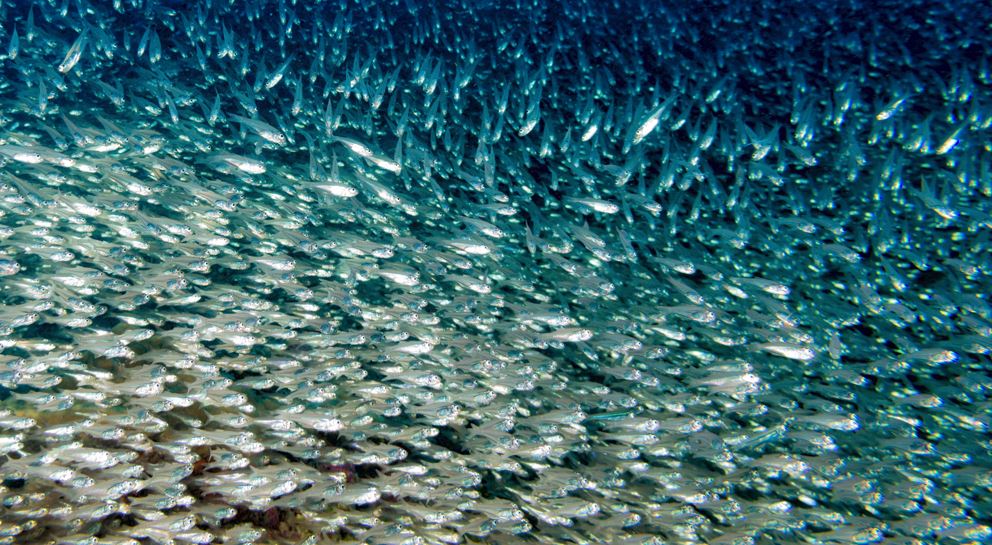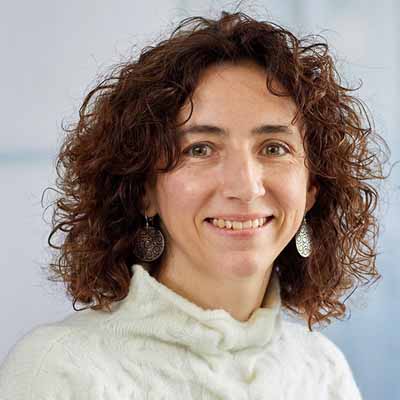INXS
Innovation for the sustainable exploitation of pelagic species

Context
Sustainable exploitation of fisheries resources is not limited to biological sustainability, but also includes economic, social and environmental aspects. Therefore, scientific advice should address a wide range of issues, such as: stock assessment and subsequent management advice to achieve maximum sustainable yield; improving the efficiency of fishing to minimise its impact on the marine ecosystem; and studying the impact of environmental conditions on stocks and fishing activities. In order for scientific advice to be as accurate as possible, it is necessary that the procedures used to provide scientific advice are subject to continuous improvement and that new knowledge about the stock and the fleet, new data sources and methodological/technological developments are gradually but steadily incorporated.
Objetives
The main objective of the project is to develop and apply innovative methods to make progress towards sustainable exploitation of the main pelagic species of interest to the Basque fleet. To this end, the following specific objectives will be addressed
- Improve the current system of assessment and management advice for anchovy and horse mackerel stocks, including the revision of data and the application of new methodologies. Study the temporal evolution of the size distribution of horse mackerel.
- To improve the estimation of the spawning frequency of horse mackerel through a more realistic knowledge of their egg dynamics.
- To model the spatio-temporal environmental conditions of mackerel catches in order to provide an operational service to the Basque fisheries sector.
- To characterise the environmental conditions of the water column during mackerel spawning.
Conclusions
- The ICES benchmarking processes for anchovy stocks and for horse mackerel stocks have been successfully completed. The new methodologies have been used as a basis for giving the 2025 management advice.
- Several biological parameters of the western horse mackerel stock show changes over time. The results obtained show a continued increase in the average size of fish caught, a general trend of increasing length and weight at age, and a decrease in gonad weight with total weight and Von Bertalanffy curve growth parameter. Some of these changes could reflect a population under intense exploitation. However, it is necessary to further analyse these patterns, and to increase the number of samples as much as possible.
- The application of the Daily Egg Production Method is facilitated by the daily synchronous spawning behaviour of the species. The results of the MACPOF campaign indicated that the occurrence of POFs in the earliest stages increased progressively until reaching a maximum value around 15-16 hours. When the data from the MEGS campaign were added, an advance in the time of maximum presence of females with recent POFs (≤ 24h) was observed towards midday. All this, together with the presence of stage I eggs in the MEGS survey, suggests some synchronicity in the mackerel spawning event.
- A model of mackerel catches as a function of environmental conditions that has a sufficiently good predictive capability could be included in a daily operational system in order to improve fishing efficiency. In this study, the machine learning model that showed the best performance was Random Forest, with a hit rate of 0.68 and 0.63 for the handline and purse seine fleet, respectively. Alternatively, the regression model that showed the best performance was the combination of SCAM and INLA with hit rates of 0.72 and 0.75 for purse seine and handlines, respectively. Among the environmental variables contributing most in all models are those related to temperature (value at different depths and gradients between depths), salinity and oxygen concentration. The latter two are only selected in the supervised learning models. In general, the performance of the models was better for purse seine catches than for longline catches. In addition, the annual accuracy rates showed that some years performed significantly worse, such as 2018 in the supervised learning models.
- The hydrographic information obtained during the glider mission has made it possible to observe the salinity and temperature conditions during part of the mackerel coastline. In addition, the glider mission, combined with acoustic-fishery (scientific) and fleet data (commercial fisheries), has shown its potential for acoustic monitoring of mackerel schools (e.g. identification of mackerel arrival) and associated environmental conditions. This project has identified possible actions to optimise the use of the glider, including measures on acoustic identification, sampling design and the combination of various data sources.
| Duration |
2023-2024 |
| Funding |
Eusko Jaurlaritza – Basque Government via the European Maritime, Fisheries and Aquaculture Fund |



